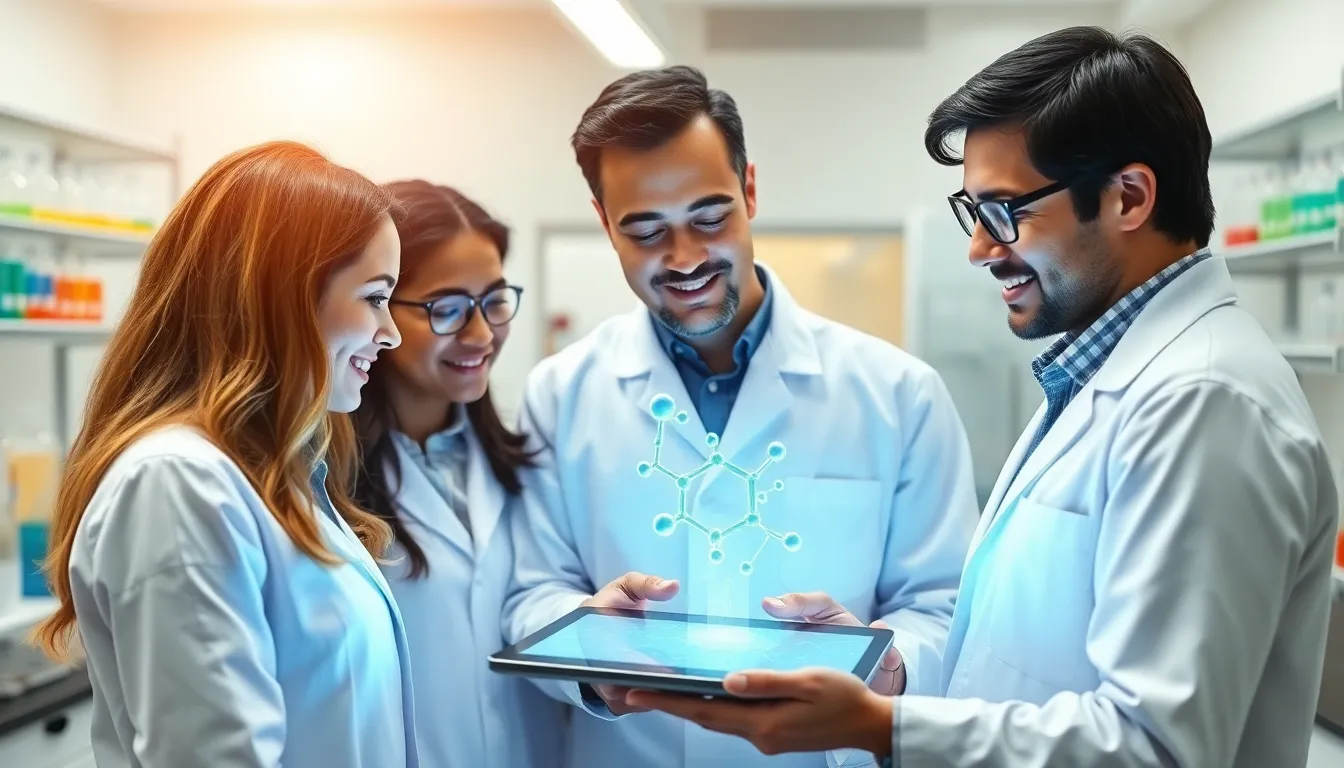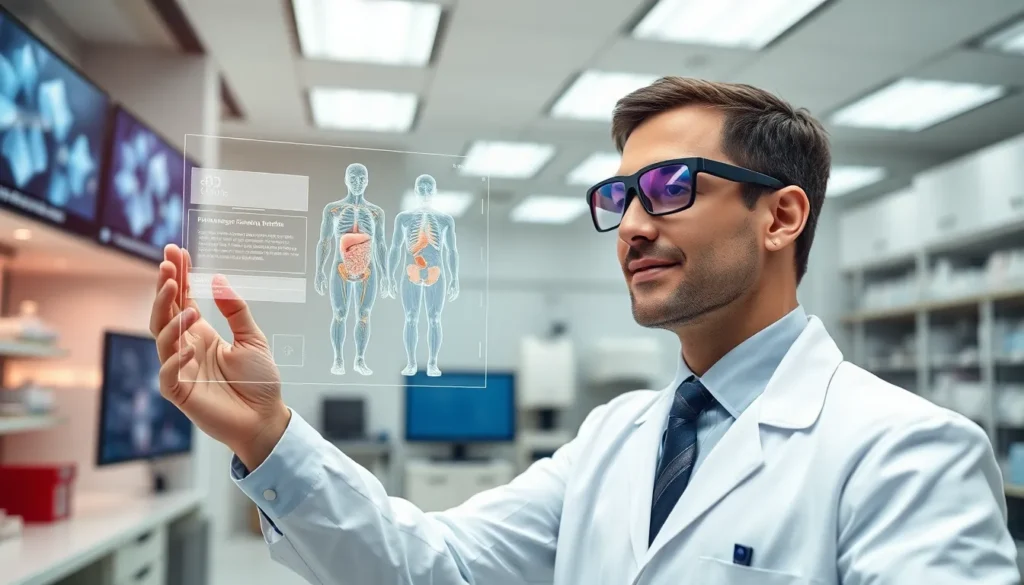Imagine donning a pair of glasses that not only enhance your vision but revolutionize the way you interact with medicine. Suddenly, pill bottles display vital information holographically, while complex medical procedures become a walk in the park. Welcome to the world of augmented reality (AR) in the pharmaceutical industry, a place where the mundane transforms into the magnificent. In this journey, we’ll explore how this groundbreaking technology is not only changing lives but also shaking things up in pharma. Buckle up: it’s going to be an enlightening ride.
Table of Contents
ToggleOverview of Augmented Reality

Augmented reality is a technology that superimposes digital information onto the real world, allowing users to interact with both environments. In the pharmaceutical landscape, AR is gaining ground rapidly, offering numerous advantages. By overlaying data and visuals onto physical surroundings, AR facilitates a deeper understanding of complex medical concepts and enhances various processes within the sector. Today, it’s not just about the science: it’s about how technology transforms that information into engaging, real-time experiences.
Applications of Augmented Reality in Pharma
Enhancing Medical Training and Education
One of the most promising applications of AR in pharmaceuticals is its ability to enhance medical training and education. Traditional methods of training, like textbooks and lectures, are often dry and cumbersome. With AR, medical students and professionals can visualize procedures, understand anatomy in a 3D format, and interact with simulations that replicate real-world scenarios. Imagine a trainee surgeon using AR to visualize crucial anatomy layers during a procedure. This not only boosts confidence but also increases competency.
Improving Patient Engagement and Adherence
When patients are more engaged, they often adhere better to their treatment plans. Augmented reality empowers pharmaceutical companies to create interactive experiences that help patients understand their medications better. For instance, a patient could point their smartphone at a pill bottle and see a 3D animation explaining how the drug works in their body. Such interactions bridge the gap between complex medical terminology and easy understanding, allowing patients to take charge of their health, and who doesn’t want that?
Facilitating Drug Discovery and Development
The processes of drug discovery and development are notoriously lengthy and complicated. AR can help this by allowing researchers to visualize molecular structures in real-time and simulate interactions in an intuitive way. They can walk through molecular simulations, identifying potential targets or interactions more efficiently. This layer of visualization might just be the key to speeding up the journey from lab to patient.
Challenges and Limitations
Data Privacy and Security Concerns
While the benefits of AR are immense, it also introduces potential challenges, particularly about data privacy and security. As pharmaceutical companies collect patient data to enhance AR experiences, the risk of data breaches rises sharply. Keeping sensitive information secure will require rigorous safeguarding measures and compliance with regulations such as HIPAA. Finding the right balance between innovation and patient confidentiality is critical.
Integration with Existing Systems
Another hurdle lies in integrating AR with existing healthcare systems. Many pharmaceutical companies still depend on legacy systems that may not easily accommodate new technologies like AR. Overhauling these systems can be resource-intensive and disruptive. A strategic approach is essential to ensure seamless integration that does not disrupt ongoing operations.








